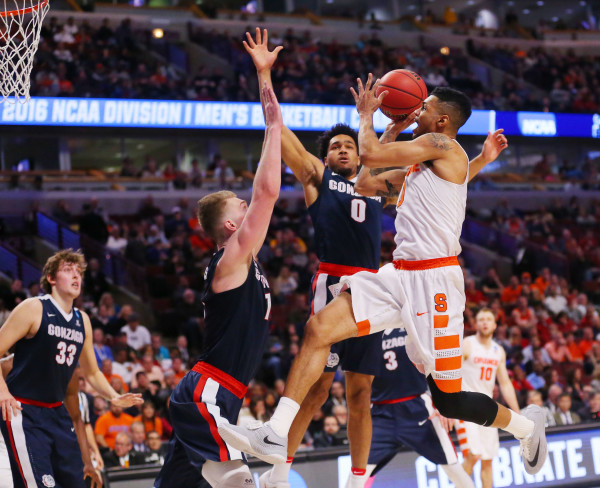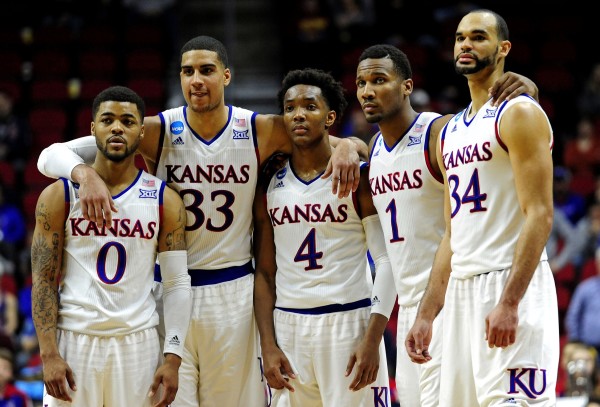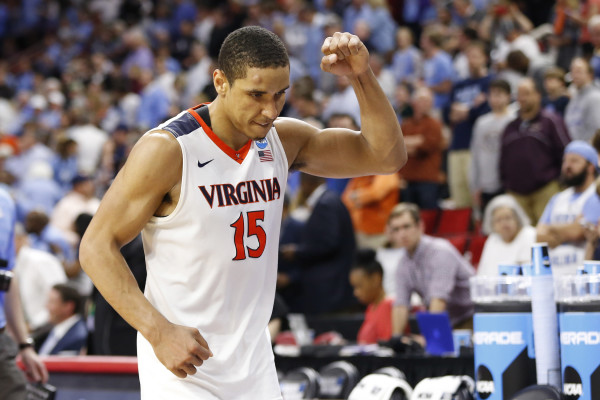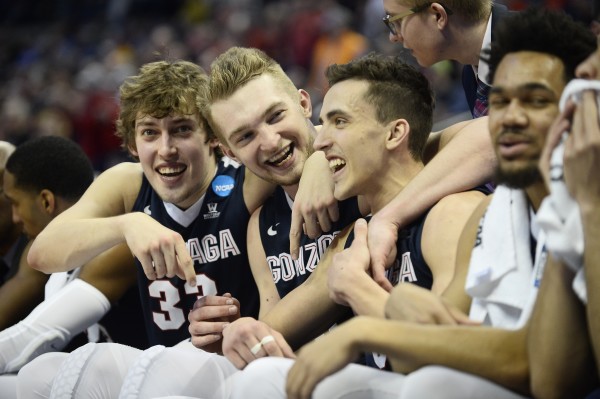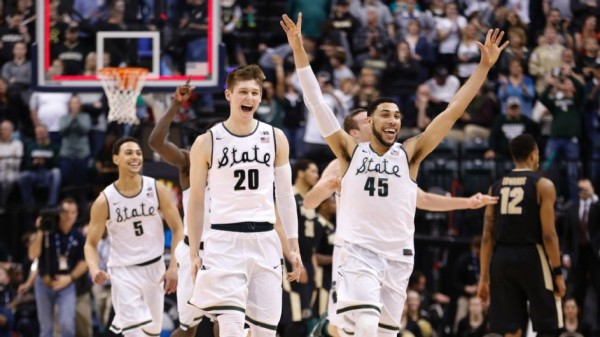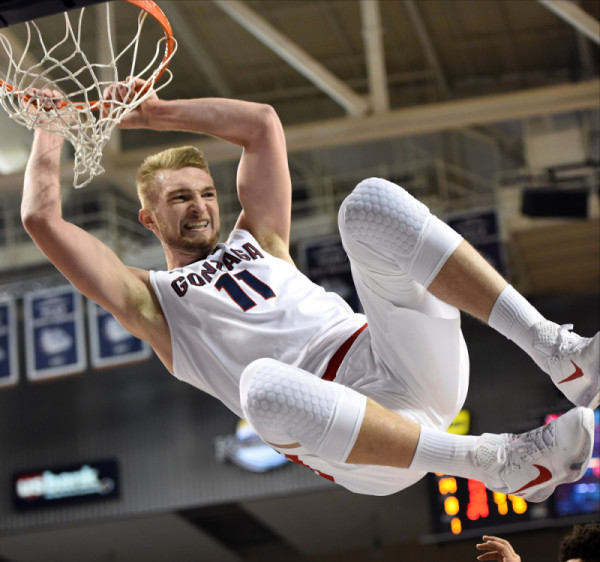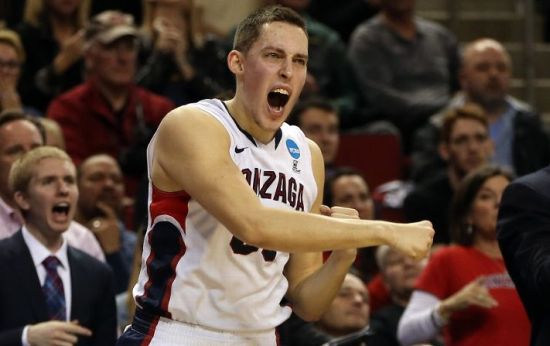O26 At-Large Watch: Early Season Games With Late Season Impact
Posted by Tommy Lemoine on November 7th, 2016With March still several months away, it’s impossible to know which non-conference match-ups will actually prove critical once Selection Sunday arrives. But we here at the Other 26 microsite can certainly take an educated guess. Here are 11 pre-January contests that we think may play a significant role in deciding which O26 contenders will be in position to earn at-large bids on March 12.
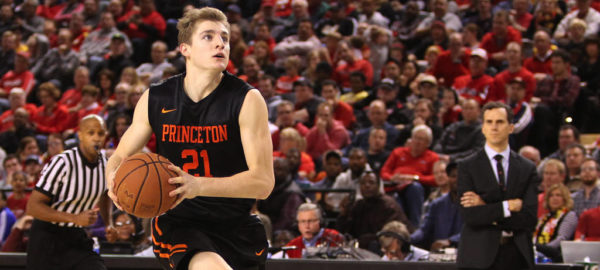
Princeton has several opportunities for resume-defining wins. (goprincetontigers.com)
- Princeton at Brigham Young – November 14, 10:00 PM EST, ESPN2. BYU essentially struck out in non-conference play last season and wound up paying the price on Selection Sunday. The Cougars’ margin for error may be even slimmer this year. As it stands, Princeton (#39 RPI in 2015-16) is probably BYU’s best non-league opponent, making this Tip-Off Marathon home tilt critical for Dave Rose’s offensively gifted group. For the Tigers — who also play VCU, California and Monmouth in the season’s first two months — a victory at the Marriott Center would be a giant feather in their non-conference cap.
- San Diego State at #14 Gonzaga – November 14, 11:59 PM EST, ESPN2. If the Mountain West has another down year, San Diego State could find itself with a very hollow resume come March even if it lives up to its preseason billing. The Aztecs simply don’t have many opportunities for quality non-conference wins. Luckily, the bulk of their roster back, and the addition of two power-conference transfers should enable one of the nation’s most effective defensive teams to become more impactful on offense. Which is to say that Steve Fisher’s group should be able to compete with a talented-but-unproven Gonzaga unit, especially early this season. A win in the Kennel would be huge.






























